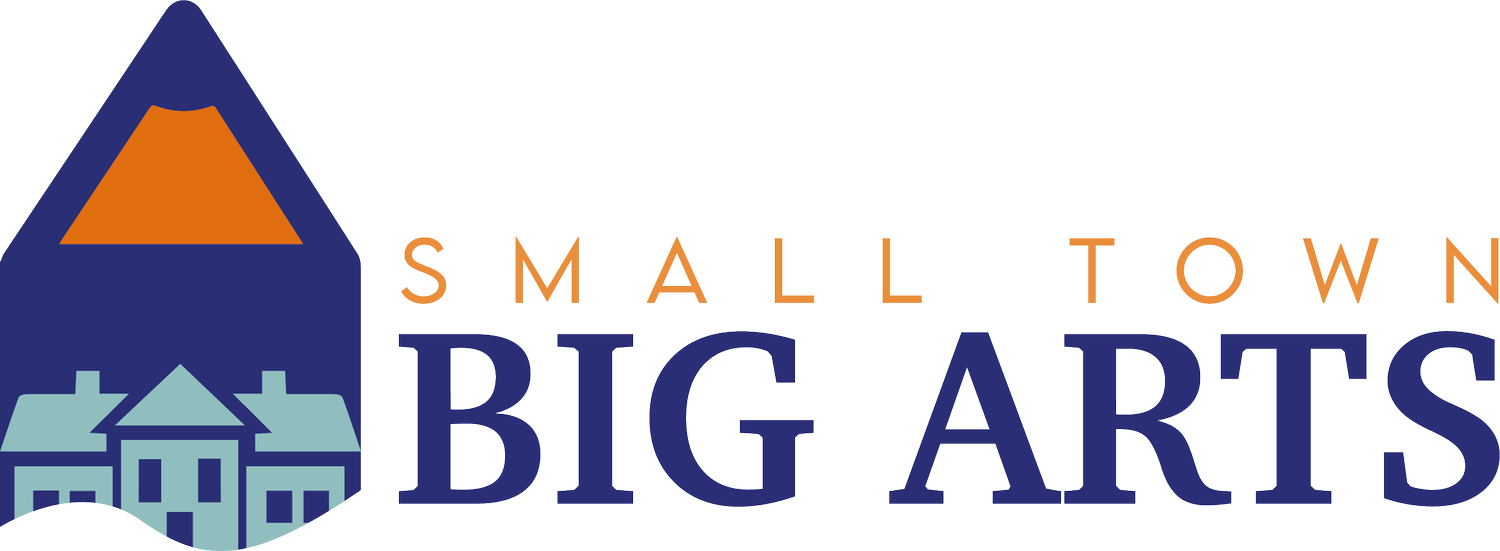Seeing Small Towns Anew: How “Outsiders” Can Authentically Create Art About Community
Listen to the Podcast or Watch the Podcast
When I have approached the arts in small towns and rural places, I often focus on the art made in them — art installations in the farm land of Wisconsin, live theater in the woods of rural Virginia, murals beautifying a main street in Oklahoma. But what happens when artists from the outside turn their gaze toward these places? Can they represent small towns authentically and meaningfully?
There is a chapter in Rural Arts Management by Elise Lael Kieffer and Jerome Socolof, that discusses the difference between “outsiders” and “insiders” in the context of artists in communities. An artist can be either and be effective, but it is important they understand which one they are. This impacts how they collaborate, orient themselves to the audience, and how they produce their work. Today’s blog post looks at that orientation.
In a recent episode of Small Town Big Arts, I spoke with Australian filmmakers Matthew Salleh and Rose Tucker about their remarkable documentary Slice of Life: The American Dream. In Former Pizza Huts. The film explores a distinctly American phenomenon: abandoned Pizza Hut buildings scattered across the country, now reborn as LGBTQ+ churches, family-run restaurants, karaoke bars, dispensaries, and more.
For many, these quirky transformations might seem like curiosities. But through Salleh and Tucker’s lens, they become powerful metaphors for community reinvention and resilience — themes that resonate deeply across small-town America.
The filmmakers approached their subject with what they called an “outsider eye,” inspired by the German director Wim Wenders' approach to America in Paris, Texas. As recent transplants to the U.S., they brought curiosity and humility rather than assumptions. They didn’t rush in with a script or fixed narrative; instead, they allowed each community’s story to unfold organically.
This patient, relationship-centered approach offers a vital lesson for any artist hoping to engage with a place that isn’t their own: time and trust matter more than any artistic agenda. Before ever turning on a camera, Salleh and Tucker spent days simply being present — sitting with business owners, sharing meals, and listening.
As Matt insightfully shared, documentary filmmaking is often described as “being a fly on the wall,” but, as he put it, “flies on walls are very annoying.” Instead of invading or imposing, they aimed to blend in, to earn the trust of their subjects by showing up fully and openly.
Beyond capturing the beauty of these revitalized spaces, Slice of Life does something equally important: it doesn’t shy away from the struggles and vulnerabilities of those who create and sustain them. The film highlights the immense effort it takes to build what urban sociologists call “third spaces” — places beyond home and work where community life unfolds.
These third spaces can be karaoke bars on a quiet Tuesday night, a church that doubles as a community refuge, or a taqueria in a former pizza parlor. The film reveals the joy and pride in creating these spaces, but also the financial strain, the loneliness of leadership, and the uncertainty of waiting for people to come.
It’s a powerful reminder that community creation is both an act of optimism and an ongoing challenge. Artists and entrepreneurs alike often take on immense risks, hoping that if they “build it, they will come.” Yet, as the film shows, success rarely comes overnight, and the emotional and economic costs are real.
For artists, Slice of Life is a call to consider not just the surface of a place, but its layers of hope, struggle, and renewal. It encourages us to create art that reveals rather than dictates, that listens rather than lectures.
Tucker offered practical advice to artists stepping into unfamiliar communities: take your time, share your own story in return, and don’t arrive with rigid expectations.
Art made about small towns can be just as transformative as art made in them — if approached with care, humility, and a willingness to be changed by the process.
As artists and cultural workers, we have the privilege and responsibility to help communities see themselves with fresh eyes. In doing so, we can help them reclaim empty spaces, shift harmful narratives, and celebrate the quiet power of local dreams — in all their beauty, struggle, and resilience.
To learn more about Matt and Rose, visit their website: urtextfilms.com

